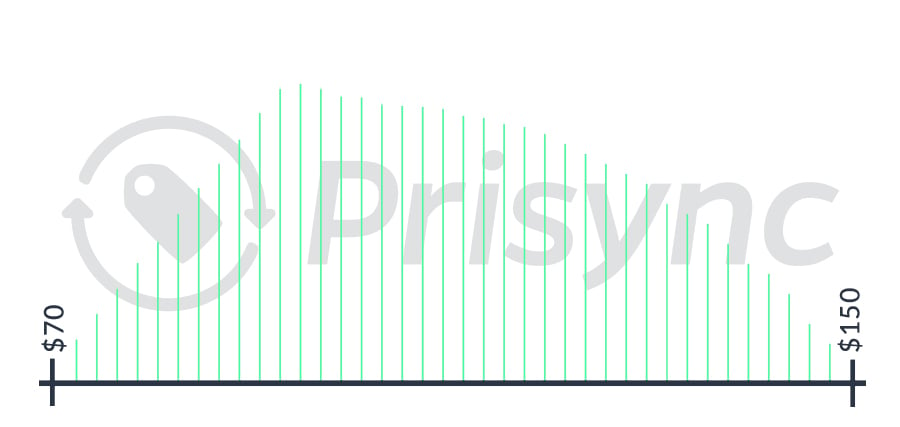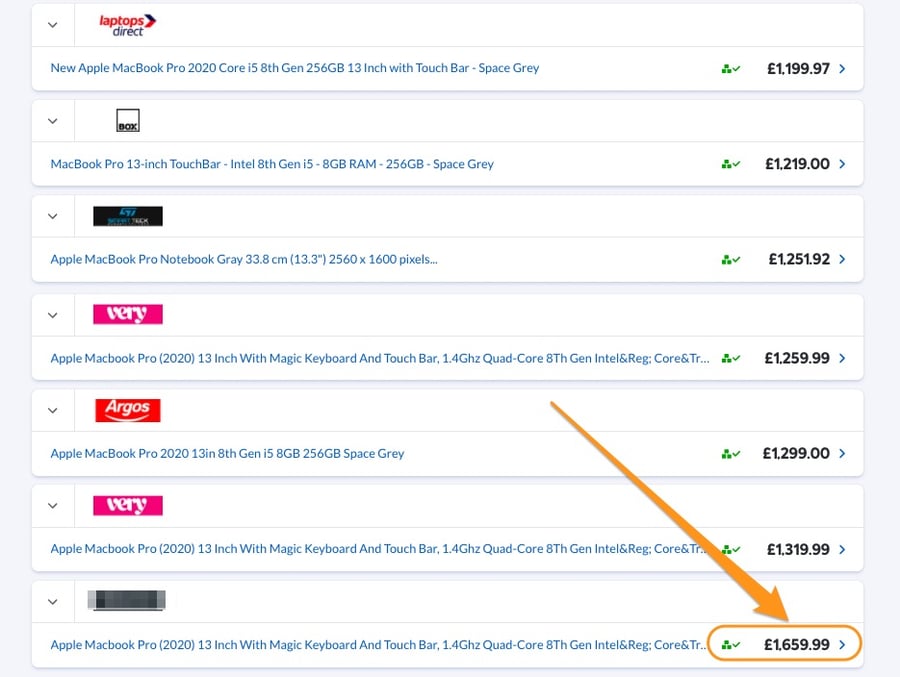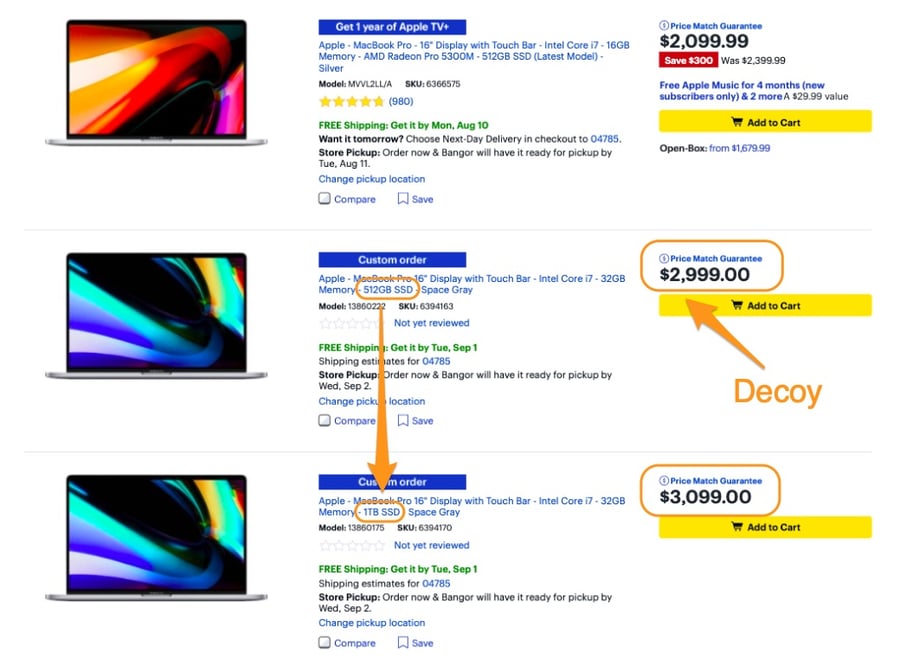
Life would be so much easier if you knew how much people are willing to pay for your products. You could set a price that maximizes profits, easily acquire new customers and wouldn’t worry about losing any of yours.
Willingness to pay is the metric for that. Measuring your customers’ willingness to pay can help you improve profitability, find the right market for your products and better understand your customers.
So let’s find out
- What is willingness to pay and why is it important to your success?
- How/when to use willingness to pay data
- How to measure willingness to pay
- What affects our willingness to pay
What is willingness to pay (WTP) and why is it important?
The highest point a person goes to buy your product is their willingness to pay (WTP) for it. If the minimum amount you’re willing to accept is aligned with their expectations, that’s a conversion.
But you can’t attract every buyer in the market, at least without shrinking margins.
With the price you set, you’re luring some shoppers into your store while leaving some out. The true difference between good and poor pricing decisions is that in the first, your prices serve your strategy. In the latter, you’re just hoping they work for some—hopefully a lot of—people.
So how do you make data-driven pricing decisions that help you find the right audience for your products?
Using WTP data
Use WTP for better segmentation
Most businesses segment their audience by
- Demographics: Age, Education, Income
- Location: Region, Country, State, City
- Consumption Behavior: Frequency, Volume, Purpose, Retention
You can take things a step further by taking WTP into account.
Let’s go through an example.
For the sake of simplicity, let’s say there are 100 buyers in your target market. When you ask their willingness to pay for your product, you’ll find a minimum and a maximum price.

These two price points (minimum and the maximum price) are not meaningful on their own. Where most of your potential customers’ WTP cluster is what you’re looking for.
Suppose 70 out of 100 customers’ willingness to pay is between $110-$130, and per unit cost is $50.
If you charge $110, only 70 people will buy your product, and you make $4200. ((110 - 50) x 70) = 4200)
Whereas if you charge $70, all 100 of them buy from your store, and you make $2000. ((70 - 50) x 100 = 2000)
So even though every single person in the market chooses you in the second scenario, you’re making less money.
That’s why you’re not targeting every buyer in the market and instead focusing on a narrower group of people.
The price range that most shoppers WTP fall into is your safe zone. You can—and should—test various price points within that range. That’s how you can improve profit margins and attract more shoppers.
But what if their answers were homogenous? Say, 5 WTP clusters came out of that sample, and you don’t want to target one group and leave others out. How do you appeal to all of them?
Use WTP data for tiered pricing
One way to target multiple segments in a market is by tailoring prices to their willingness to pay.
But how do you offer tiered pricing on an online store? Aren’t online prices transparent?
If shoppers find out you’re charging them more based on where they live or how old they are, you might push them away. Like Amazon did, back in 2000. The retail behemoth was caught price-testing based on the browser shoppers were using, and it didn’t end well. Customers realized what was going on, and accused the company of price discrimination. Jeff Bezos had to apologize and state that they’d never discriminate against customers based on their demographics.
Research says that the transparency of online prices forced many retailers in fear of angering shoppers to pursue uniform pricing—a pricing strategy where you set the identical price across multiple different locations. So how do you ask different prices for the same item, without alienating shoppers?
Remember how we’ve talked about how nice it would be if we knew a buyer's willingness to pay for a product, before setting a price? Now, put yourself in customers’ shoes. Wouldn’t it be great if a store owner knew your needs, interests and preferences, so they provided you with exactly what you need?
Personalized discounts help you give your customers exactly what they need. Instead of store-wide discounts, offer your customers discounts that they’ll find attractive on products they’ve shown interest in.
Shoppers’ purchase history, browsing history, previously used discounts, wish lists, and on-site behavior tell you what type or amount of discount will be enough to lure them in.
To make things easier, send price drop emails tailored to your customers’ price sensitivity.
Along with its immediate benefits (boosting sales without shrinking profit margins), offering personalized discounts help you build a strong relationship with your customers, increasing their lifetime value.
Conduct WTP research when you’re entering a new market
Before entering a new market, you need to analyze your costs and shoppers’ willingness to pay to see if you got a competitive advantage or not. Why?
87% of shoppers say knowing they got a good deal is important when they’re choosing a retailer.
If you want to survive and grow your business in a fiercely competitive environment, you must realize that competing on price is not an option. I’m not saying that competitive pricing itself will grow your business faster than Amazon, as if. You still need to offer a seamless experience, from the on-site experience to after sales support. But price is a top priority for the consumer.
Research shows that the millennial consumer is only becoming more price sensitive, due to higher costs of living and insufficient income increase.
That’s why before entering a new market, you need to analyze whether you’ll be able to sell at a good price, one that is attractive to shoppers but also profitable on your end.
Now that you know how you can use willingness to pay data in decision making. How do you measure WTP?
Measuring WTP
Since you’re selling in a crowded market measuring everyone’s WTP one by one is impossible. Instead, you can use one of the four methods below:
- Market data analysis, where you estimate future demand based on purchase data and historical sales records
- Experiments—lab and field experiments—, where you simulate a purchasing environment by providing shoppers with money and multiple options and have them make a buying decision
- Direct surveys, where you directly ask shoppers their willingness to pay or ask industry experts to estimate future demand
- Indirect surveys where you provide shoppers with multiple options at different prices and ask them to rank order their preferences
Keep in mind that the results from all four of these methods lack a high level of accuracy. Also, in uncertainty—as in during COVID-19—your findings will become obsolete quickly. Try not to rely on outdated information.
So even though shoppers try their best to give accurate answers, WTP research doesn’t yield highly accurate results. But there is more to it.
Literature on consumer psychology gives us marketers more than different methods of measuring WTP. We also know what influences a shopper’s willingness to pay.
What influences our willingness to pay
Our willingness to pay for a product depends on a variety of factors. Knowing what influences shoppers’ WTP allows you to set realistic goals, better understand your customers and improve your products or services in line with their expectations. And that, in turn, will increase their WTP.
Reference prices
Every day we’re exposed to countless price points. We see billboards, ads on YouTube, creepily personalized ads of an item that we were talking about over lunch, and so on. All the price points we’ve been exposed to throughout our lives give us an idea of what would be a fair price for a certain product. For instance, you know that a bag of chips shouldn’t cost you $20. Or a bottle of sparkling water shouldn’t be $15.
In online retail, shoppers have complete access to market prices. They easily compare prices before making a buying decision, and 79% say they do so.
That’s why you need to track competitors, see and control where your prices stand against competitors’, and offer competitive prices.
Here’s what it looks like when you don’t.

Why would shoppers pay $300 more for the identical product?
Perceived quality
If you think a product is of poor quality compared to its alternatives, you don’t want to pay as much for it as you’d pay for its substitutes. But what you think of its quality is merely your perception of it.
A few years ago, I stumbled upon an article on how the safety standards of a global car manufacturer varied from country to country. Cars sold in the European market passed the safety test, while the ones sold in the Latin America market failed it.
The problem was, consumers in Latin America countries didn’t have enough information about how safe are the cars sold in their local markets. Meaning, their perception of the cars’ quality differed from the reality because they trusted the brand.
Although it's bitter, from a marketing perspective, that means that even without an actual improvement in quality, you can improve the image in shoppers’ minds.
A price increase can help you do that.
Price has two roles in our minds. One is negative, the amount of money we have to give up, and the other is positive, where it’s a signal of quality. By increasing your prices, you may actually improve the perceived quality of your goods. But there are safer ways to do that, without the risk of angering your customers.
You can make use of the decoy effect, our tendency to change our preference between two options, when presented with a third, asymmetrically dominated option.

The decoy makes the cheapest option suddenly seem inferior to the rest, so we tend to leave it out. Among the rest, clearly the expensive one is a better deal, given that you’re only paying $100 more, but getting double space.
Brand image
Consumer behavior studies show that a strong brand image significantly increases the preference for a product.
Take the luxury market.
Did you know that Chanel, Louis Vuitton, and a few other luxury brands hiked up prices during COVID-19? Well, these brands are well aware that the price increase might alienate some of their customers, but it’s not as risky as it’d be if they sold mass market products.
So when selling luxury brands, keep in mind that low pricing will not help you. Pricing too low can make people question your store’s trustworthiness, given that most luxury sellers don’t compete on price—remember how low pricing is often associated with poor quality.
Alternatives to the product
The more alternatives there are, the less people are willing to pay for your product. Most online stores have both direct and indirect competitors, and that’s the major reason they compete on price.
When you’re selling a new technology, you have only indirect competitors—who’ve been solving the same problem with different solutions, you can enter the market with an above average price for two reasons:
- Costs of research and development are high, you need to cover them
- Early adopters—people that invest in new technology products—are willing to go high
But if you’re selling an iPhone11, just remember there are countless other stores out there also selling it.
And even if you can take advantage of an innovative technology, eventually, others will catch up. Remember when the first iPhone was the only smartphone that could run apps? That gave the tech giant a huge advantage that helped them cover their costs of innovation and make enough money to continue investing in better technology.
But in the past few years, new players in the consumer electronics industry, like Xiaomi and Huawei, captured a large portion of the market with both technologically advanced and affordable product lines.
That’s why you need to know where your product is in its life cycle. Monitor competitors and conduct market research regularly to see if any direct or indirect competitor pops up.
Emotional and self-expressive benefits of the product
As young shoppers, we are willing to pay more for sustainable packaging. Even though the actual benefit of using the product remains the same, we’re ready to pay more for its environment-friendly design.
Knowing that you’re not contributing to environmental pollution is an emotional benefit you get from using this product.
Emotional and self-expressive benefits sometimes override actual benefits. For instance, wearing a designer coat is so appealing to some people, the actual benefits—that it’s covering your body, protecting you from getting cold—make up for only a small fraction of their willingness to pay. Owning a designer brand is the real motivation behind a higher willingness to pay.
Take this sweatshirt brand.

Supreme is an increasingly popular New York based brand. Clearly it’s not just a piece of clothing, it’s a community they’ve built.
One great way to create hype around your store is by sharing user generated content on your website and social media channels. It’ll increase their engagement and help them develop a deeper relationship with your brand. And their willingness to pay for your products will increase once after they become your loyal customers.
Concluding words
Willingness to pay is an important metric for online sellers. Now you know three different decision-making processes to which you can include WTP data for better results.
They’ll help you have a better understanding of your potential buyers’ needs, interests and expectations from you. Use those insights to get new customers and improve profitability. To have a lasting impact on shoppers’ willingness to pay, study the factors we’ve talked about and ways to have more control over them.





Leave a reply or comment below